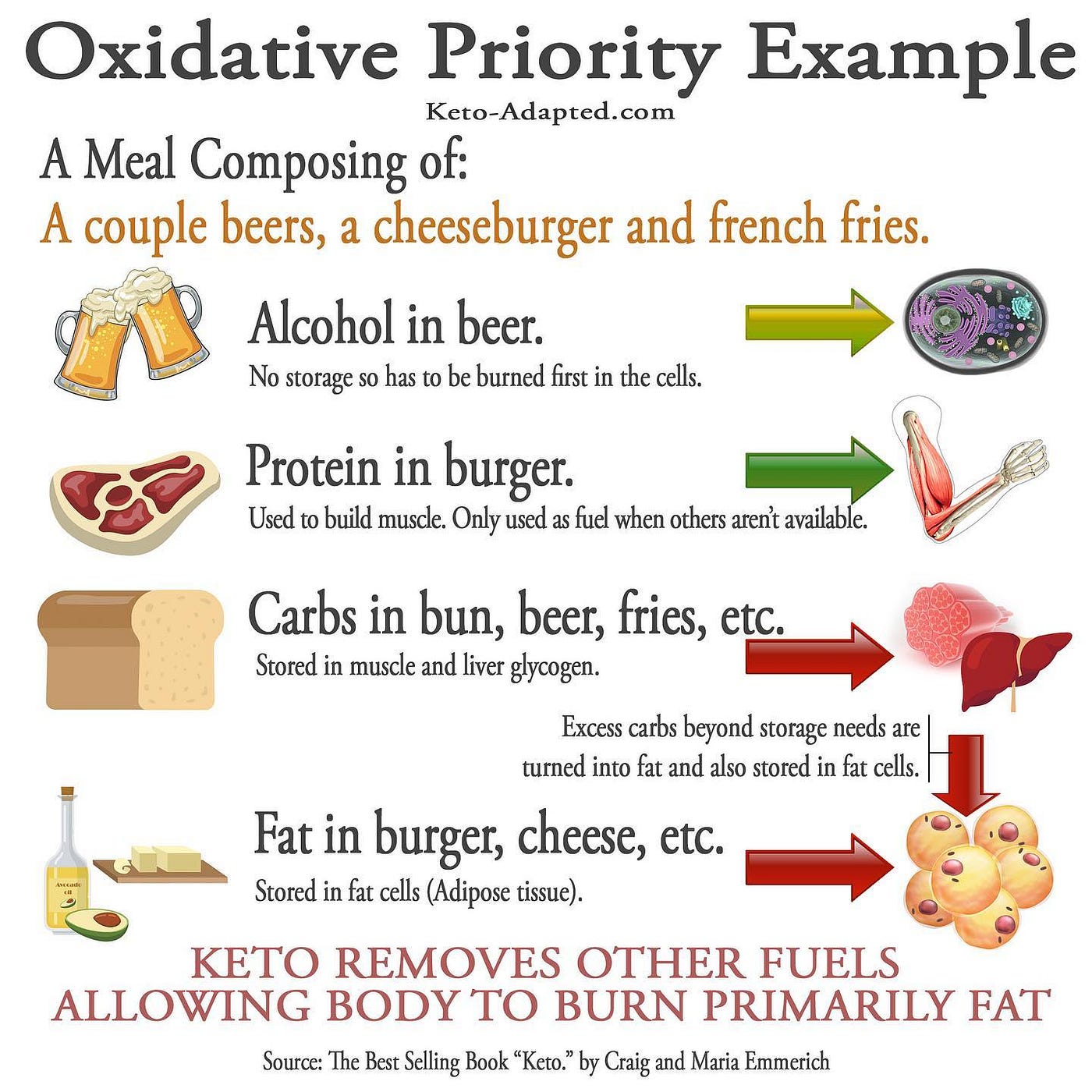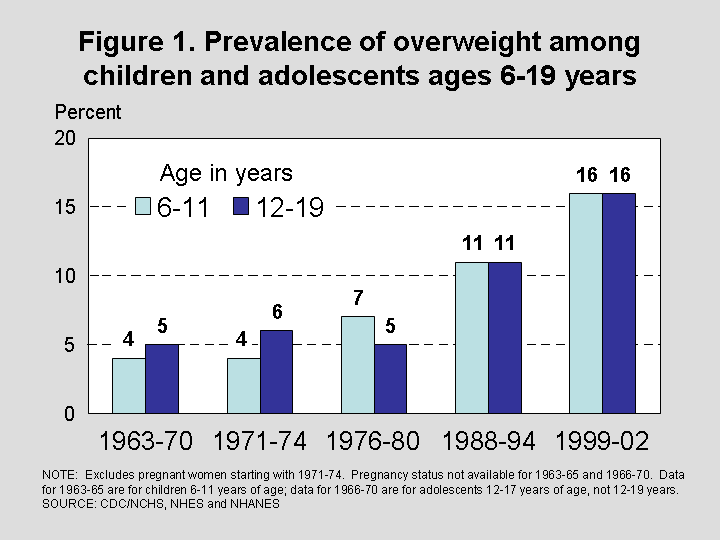Intent is not the only thing to judge policies or theories on.

The Activist’s Fallacy operates as follows:
We are doing X because we are against Y.The Fallacy can be recast in negative terms:
You are against X
Therefore
You are for Y.
We are doing X because we are for Z.Either way, the Activist’s Fallacy is about making declared intent the dimension on which the entire controversy turns.
You are against X.
Therefore
You are against Z.
It also comes in cry-bully versions, such as:
We want to control speech to stop trans folk harming themselves.In the case of Critical Race Theory, the Activist’s Fallacy comes in versions such as:
You are against such control of speech.
Therefore
You are against stopping trans folk harming themselves.
Critical Race Theory seeks to confront racism.You are against Critical Race Theory.
Therefore
You are against confronting racism.
Or:
As a rhetorical and status strategy, this is highly effective. As long as everything can be construed as being first and foremost about intent, then any opposition becomes opposition to the declared intent, just as support becomes support for the declared intent.
Since the intent is, of course, going to be noble, that elevates the nobility of those pushing the theory or policy and de-legitimises any critics. They become malicious, callous, some sort of -ist or -phobe.
There is a lot of colonising of people’s decency going on. As well as people not wishing to have their status as one of the smart and good stripped from them by use of stigmatising labels against them: the submit-or-be-stigmatised choice.
So, by making intent the dimension upon which the controversy turns, motivation becomes the key grading factor. You can’t decide you are against Critical Race Theory because it is false, or because you think it has pernicious social implications. No, it is all about the declared intent of Critical Race Theory and whether you are “anti-racist” or not.
If one accepts the theory that society is a structure of oppression and domination, and that social interactions (including discussions) are all about power relations, then the Activist’s Fallacy is not merely a rhetorically useful status play, it is a natural implication of your world-view.
Which, of course, implies that there are things deeply wrong with your world-view. For the Activist’s Fallacy is still a fallacy. It is still bad reasoning, no matter how rhetorically useful it is. Nor how much of a congenial status play it is.
There are a whole lot of things wrong with Critical Race Theory, starting with it simply not being true that racism is pervasive in contemporary Western societies, or that disparities between groups are primarily the result of current racism, or that persistent disparities demonstrate systemic racism. It is a false analysis of social dynamics. Critical Race Theory’s racialisation of everything is also deeply pernicious in its effects on social dynamics and public policy.
Structural roles
Something that is very clear from the history of investing grand social meanings onto race, aided by “race” having visible physical markers, is that elite race talk is always a divide-and-dominate mechanism. And Critical Race Theory is very much elite race talk: it came out of elite universities.
We tend to over-rate the importance of conscious intent in human actions. As Polish psychiatrist Andrzej Łobaczewski (1921–2007) noted:
Instead of asking about conscious intent, let’s consider interests and feedbacks. Let’s instead ask the Who-Whom? question; the who benefits? question.
Who benefits if Critical Race Theory is not subject to searching critique about its factual accuracy and its social implications? Who benefits if US society is more intensely racialised? Who benefits if race-delineated divisions increase? Who gains status and career opportunities from spruiking up such racialising? Probably not workers, local residents or the general citizenry.
Those wielding the Activist’s Fallacy want to tell a noble story about their own intentions and a malicious story about the intentions of those who disagree with them. If they want to play that game, a deeper look at incentives and interests, about why certain narratives are so appealing and to whom, may not take analysis where they want to go.
Recognise the Activist’s Fallacy for what it is: a self-serving evasion. And don’t fall for it. Be prepared to call it out for the dishonest, self-aggrandising, rhetorical ploy it is.
Critical Race Theory allows us to learn about racism.The Activist’s Fallacy relies on declared intent being the only important motivational feature of whatever theory or policy is being put. With motivation being the dimension that all responses have to be graded on.
You are against Critical Race Theory.
Therefore
You are against learning about racism.
As a rhetorical and status strategy, this is highly effective. As long as everything can be construed as being first and foremost about intent, then any opposition becomes opposition to the declared intent, just as support becomes support for the declared intent.
Since the intent is, of course, going to be noble, that elevates the nobility of those pushing the theory or policy and de-legitimises any critics. They become malicious, callous, some sort of -ist or -phobe.
There is a lot of colonising of people’s decency going on. As well as people not wishing to have their status as one of the smart and good stripped from them by use of stigmatising labels against them: the submit-or-be-stigmatised choice.
So, by making intent the dimension upon which the controversy turns, motivation becomes the key grading factor. You can’t decide you are against Critical Race Theory because it is false, or because you think it has pernicious social implications. No, it is all about the declared intent of Critical Race Theory and whether you are “anti-racist” or not.
If one accepts the theory that society is a structure of oppression and domination, and that social interactions (including discussions) are all about power relations, then the Activist’s Fallacy is not merely a rhetorically useful status play, it is a natural implication of your world-view.
Which, of course, implies that there are things deeply wrong with your world-view. For the Activist’s Fallacy is still a fallacy. It is still bad reasoning, no matter how rhetorically useful it is. Nor how much of a congenial status play it is.
There are a whole lot of things wrong with Critical Race Theory, starting with it simply not being true that racism is pervasive in contemporary Western societies, or that disparities between groups are primarily the result of current racism, or that persistent disparities demonstrate systemic racism. It is a false analysis of social dynamics. Critical Race Theory’s racialisation of everything is also deeply pernicious in its effects on social dynamics and public policy.
Structural roles
Something that is very clear from the history of investing grand social meanings onto race, aided by “race” having visible physical markers, is that elite race talk is always a divide-and-dominate mechanism. And Critical Race Theory is very much elite race talk: it came out of elite universities.
We tend to over-rate the importance of conscious intent in human actions. As Polish psychiatrist Andrzej Łobaczewski (1921–2007) noted:
Unconscious psychological processes outstrip conscious reasoning, both in time and in scope, which makes many psychological phenomena possible…The over-rating of the role of conscious intent tends to be particularly likely when there are powerful social, institutional or organisational feedbacks and incentives in play. We find it very easy to tell congenial narratives about ourselves — to ourselves and to others — about beliefs (and actions) that may have other reasons to resonate with us. Especially if they also resonate with other folk in similar social positions, so that there are selection processes in favour of developing mutually congenial patterns of action and accompanying justifying narratives.
Political Ponerolology: A Science on the Nature of Evil Adjusted for Political Purposes, p.163.
Instead of asking about conscious intent, let’s consider interests and feedbacks. Let’s instead ask the Who-Whom? question; the who benefits? question.
Who benefits if Critical Race Theory is not subject to searching critique about its factual accuracy and its social implications? Who benefits if US society is more intensely racialised? Who benefits if race-delineated divisions increase? Who gains status and career opportunities from spruiking up such racialising? Probably not workers, local residents or the general citizenry.
Those wielding the Activist’s Fallacy want to tell a noble story about their own intentions and a malicious story about the intentions of those who disagree with them. If they want to play that game, a deeper look at incentives and interests, about why certain narratives are so appealing and to whom, may not take analysis where they want to go.
Recognise the Activist’s Fallacy for what it is: a self-serving evasion. And don’t fall for it. Be prepared to call it out for the dishonest, self-aggrandising, rhetorical ploy it is.
[A previous version was posted on Medium.]


